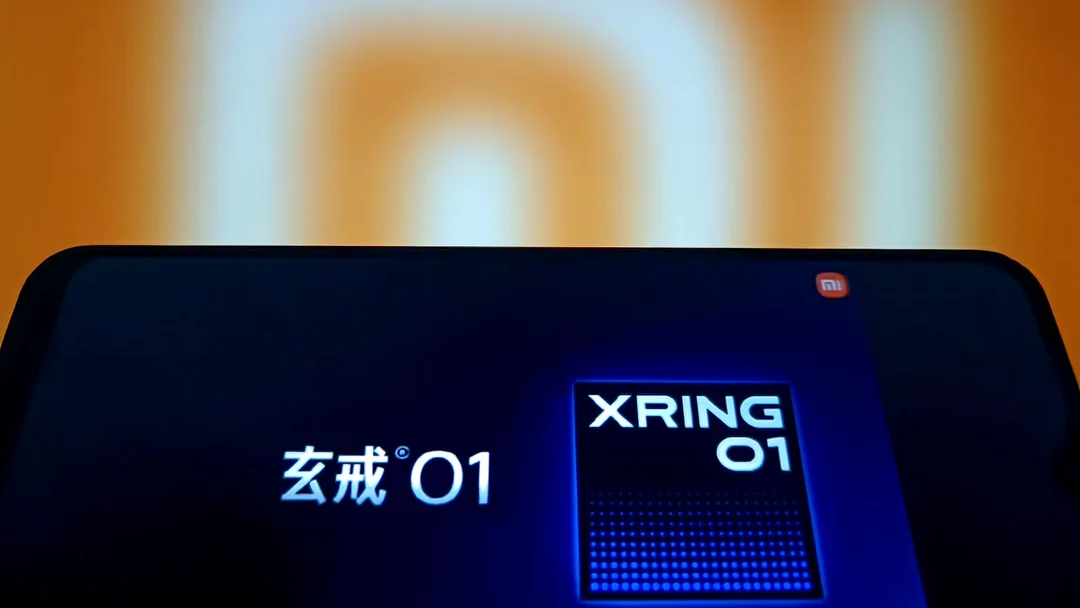
Xiaomi Challenges Apple with New Xring O1 Chip: A Deep Dive into the 15S Pro
The smartphone arena is heating up as Xiaomi unveils its latest flagship, the Xiaomi 15S Pro, powered by its in-house developed Xring O1 chip. This bold move positions Xiaomi as a direct competitor to Apple, not just in pricing but also in chip technology. But can Xiaomi truly rival the tech giant?
The Xiaomi 15S Pro boasts the new Xring O1 chipset, a custom 3nm SoC (System on a Chip) promising impressive performance. According to Xiaomi CEO Lei Jun, the Xring O1 surpasses Apple's A18 Pro in certain technical metrics, including heat management during demanding tasks like gaming. While CNBC has not independently verified these claims, the implications are significant if true.

Xiaomi’s XRING 01 is built with TSMC’s second-generation 3nm process, featuring 19 billion transistors. The chip sports a ten-core CPU cluster designed for improved single-core and multi-core performance, along with a 16-core ARM Immortalis-G925 GPU. It supports the latest technology standards including LPDDR5T RAM, UFS 4.1 storage, Wi-Fi 7, and USB 3.2 Gen 2.
Independent benchmarks suggest the Xring O1 achieves impressive scores, edging out the Snapdragon 8 Elite on AnTuTu and competing closely with Apple's A18 Pro on Geekbench 6. This demonstrates Xiaomi's ambition and capability in the competitive chipset market.
The Xiaomi 15S Pro inherits the premium features of the 15 Pro, including a 6.73-inch LTPO AMOLED display (QHD+ 120Hz), a versatile triple 50MP camera system, and a large 6,100mAh silicon carbon battery with 90W fast charging. Running on Xiaomi HyperOS 2, based on Android 15, the 15S Pro combines cutting-edge hardware with a feature-rich software experience.

Starting at 5,499 yuan ($764 for the 16/512GB model) in China, the Xiaomi 15S Pro significantly undercuts Apple's iPhone 16 Pro while offering comparable, if not superior, performance in some areas. This aggressive pricing strategy, coupled with a state-subsidized discount, makes the 15S Pro an attractive alternative for consumers in the Chinese market.
Xiaomi's investment in its own chip development signals a strategic shift towards greater self-reliance and innovation. By reducing its dependence on Qualcomm and MediaTek, Xiaomi aims to control its product roadmap and deliver unique experiences to its users. This will take a few years before the XRING range becomes widespread in the company’s product portfolio.
While the Xring O1 represents a significant milestone for Xiaomi, the broader implications for the industry are equally noteworthy. Can Xiaomi sustain its momentum and further refine its chip technology? Will other smartphone manufacturers follow suit and invest in in-house chip development? The answers to these questions will shape the future of the smartphone landscape.
What are your thoughts on Xiaomi's new chip and its potential to challenge Apple? Share your opinions in the comments below!